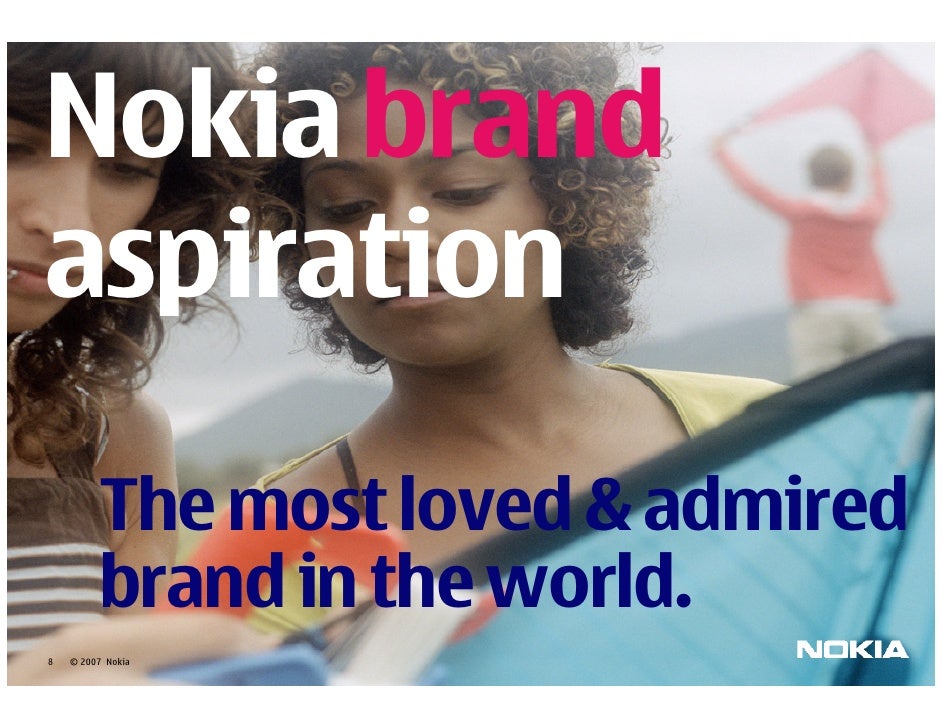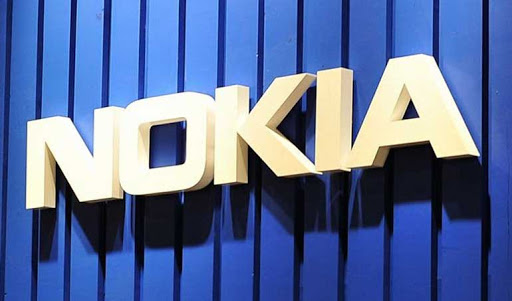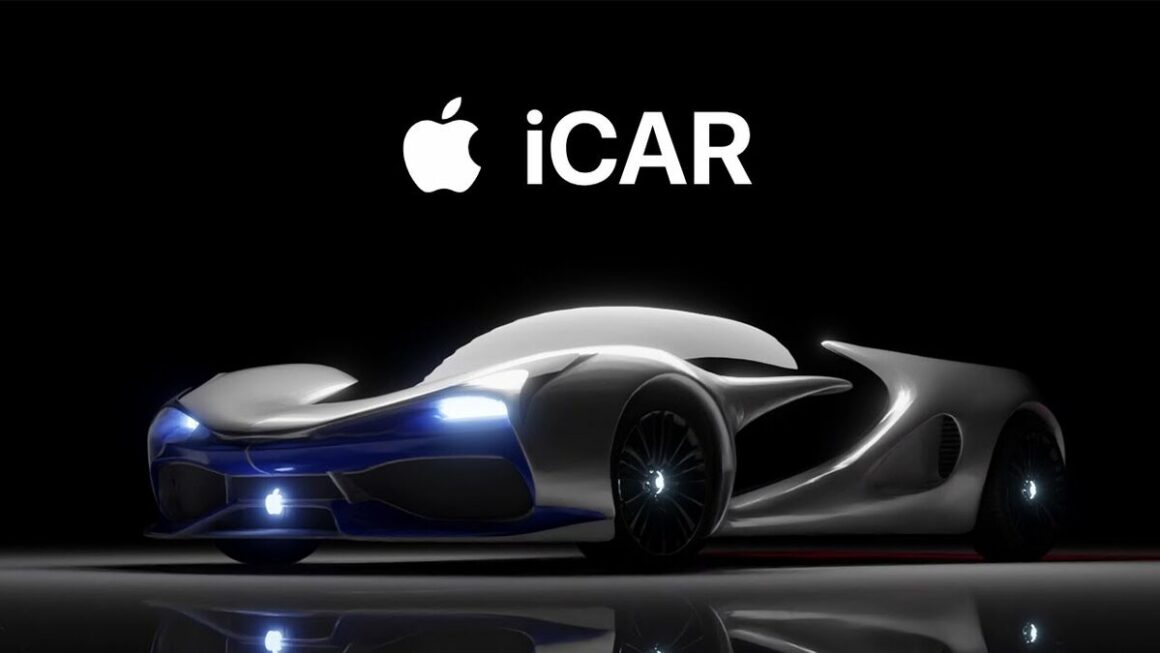It is the era of 2000s. The world of parity has hit the mobile phone market just as it has many other technology product categories. The products range from the simple to the complex, but every manufacturer offers, of course, the latest features. Leapfrogging in sales between brands frequently occurs based on design.
But overall the market is predictable, with Nokia, Motorola, and Ericsson fighting it out at the top and several less successful brands like Samsung, Philips, Siemens and Panasonic trying hard to make inroads into their top competitors’ market share. So what makes the difference between the most successful and less successful brands?
It certainly is not what product features are offered. How, then, do consumers choose? The answer seems to be what the brand names mean to them.
Nokia Group, the Finland-based manufacturer of mobile phones, had been steadily working on its corporate brand name and the management of consumer perceptions over the years. Its efforts was paid off as it became the number one brand in many markets around the world, effectively dislodging Motorola from that position in the year 1999. The brand was built using the principles described above, and had been consistently well managed across all markets. Nokia succeeded in lending personality to its products, without even giving them names. In other words, it had not created any sub-brands but concentrated on the corporate brand, giving individual products a generic brand personality.
Only numeric descriptors were used for the products, which did not even appear on the product themselves. Such was the strength of the corporate brand. Nokia suceeded where other big brand names have so far failed, chiefly by putting across the human face technology-taking and dominating the emotional high ground. It had done so in the following way:
Nokia Brand Personality
Nokia detailed many personality characteristics for its brand, but employees did not have to remember every characteristic. They do, however, had to remember the overall impression of the list of attributes, as you would when thinking about someone you have met. As the focus was on customer relationships, the Nokia personality was like a trusted friend. Building friendship and trust was at the heart of the Nokia brand. And the human dimension created by the brand personality carries over into the positioning strategy for the brand.
Nokia Positioning
When Nokia positioned its brand in the crowded mobile phone marketplace, its message must clearly bring together the technology and human side of its offer in a powerful way. The specific message that was conveyed to consumers in every advertisement and market communication (though not necessarily in these words) was “Only Nokia Human Technology enables you to get more out of life”.
In many cases, this was represented by the tag line, “We call this human technology”. This gave consumers a sense of trust and consideration by the company, as though to say that Nokia understood what they wanted in life, and how it could help. And it knew that technology was really only an enabler so that you-the customer-can enjoy a better life. Nokia thus used a combination of aspirational, benefit-based, emotional features, and competition-driven positioning strategies. It owned the “human” dimension of mobile communications, leaving its competitors wondering what to own (or how to position themselves), having taken the best position for itself.

Nokia Product Design
Nokia is a great brand because it knows that the essence of the brand needs to be reflected in everything the company does, especially those that impact the consumer. Product design is clearly critical to the success of the brand, but how did Nokia manage to inject personality into product design?
The answer is that it gave a great deal of thought to how the user of its phones would experience the brand, and how it could make that experience reflect its brand character. The large display screen, for example, was the “face” of the phone. Nokia designers described it as the “eye into the soul of the product”. The shape of phones was curvy and easy to hold. The faceplates and their different colors could be changed to fit the personality, life-style, and mood of the user. The soft key touch pads also added to the feeling of friendliness, expressing the brand personality. Product design focused on the consumer and his needs, and was summed up in the slogan, “human technology.”

As a result, Nokia accounted for over half of the value of the Finland stock market, and had taken huge market share from its competitors. According to one brand valuation study carried out in mid-1999, it ranked 11th on the world’s most valuable brand list, that made it the highest-ranking non-U.S. brand. As had been pointed out, it unseated Motorola. Nokia achieved its brilliant feat through consistent branding, backed by first-class logistics and manufacturing, all of which revolve around what consumers wanted.
You might also like Tropicana Rebranding Failure



